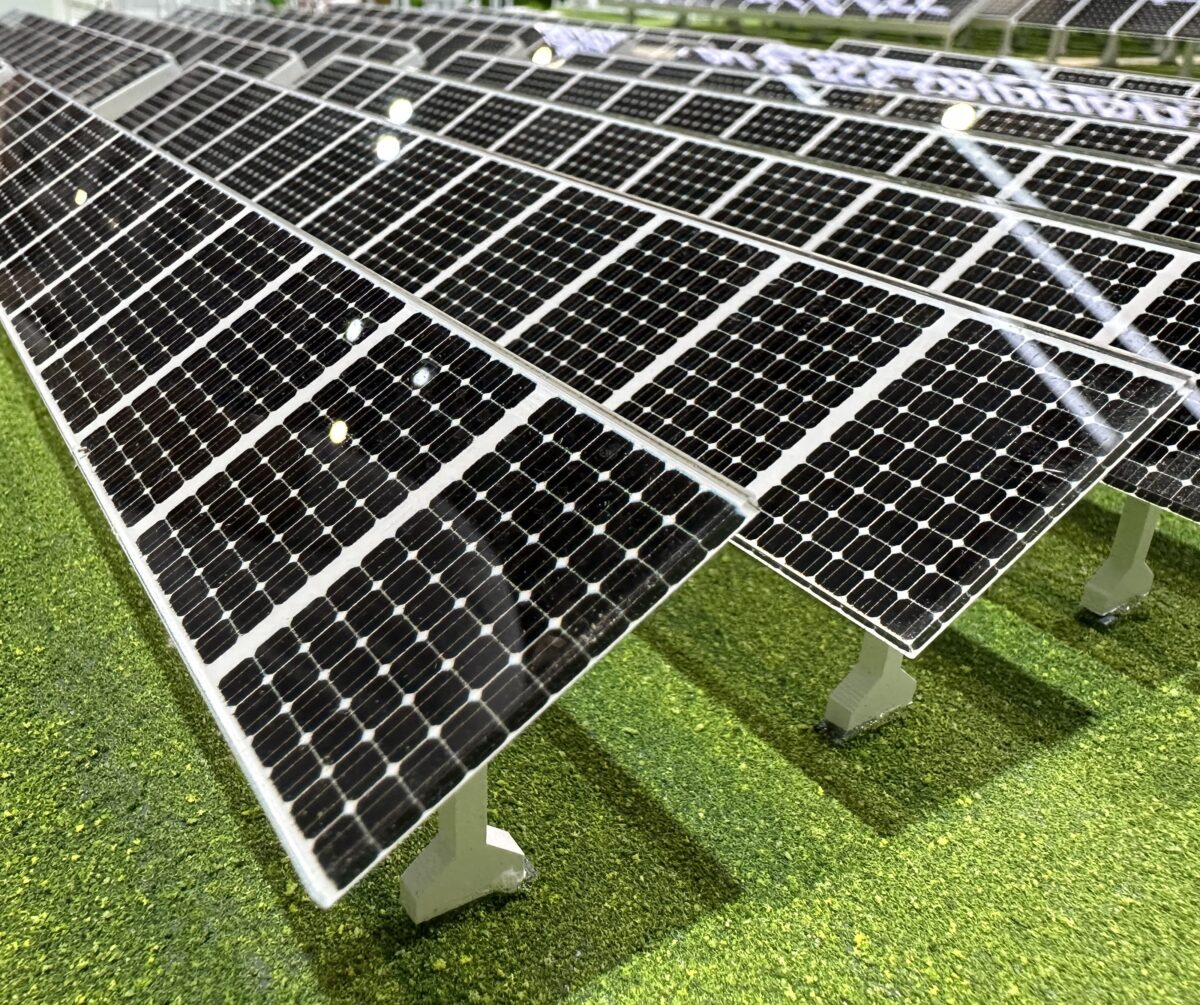
An international research team has created a digital twin (DT) platform for testing autonomous aerial monitoring of large-scale PV power plants. DTs are virtual representations of physical systems, allowing operators and researchers to assess scenarios without the risk associated with real-world experimentation.
“The novel digital twin-based solution called Digital-PV has been developed for the simulation and managed execution of autonomous aerial monitoring of PV power plants,” the researchers explained. “It provides a virtual testing platform for autonomous flights and missions, including boundary detection, path planning, and fault detection along with data generation capabilities for developing data-driven monitoring and inspection models.”
The DT was based on Unreal Engine (UE) created by US-based video game company Epic Games to develop game environments. The scientists created a 4 km2 area with minor terrain variations and natural elements, with atmospheric and lighting settings being adjusted to emulate real-world lighting.
“To add plant components such as PV panels and wind turbines to the level, we acquired the required assets and 3D models, including a wind turbine and a PV panel prototype, from 3D model marketplaces,” the group added. “The UE built-in static mesh editor was used to create custom meshes of bird droppings in various shapes and sizes, which were used as fault characters.”
The company used Microsoft's AirSim simulator to simulate an aerial robot in the simulated environment. It was set to record RGB images, identify bird dropping, descend to the location of the fault, and capture an image of the surface of the probably defective panel. These images can then be used to train artificial intelligence (AI) fault detection models.
“One of the challenges in utilizing AI techniques is acquiring a significant amount of annotated data. This is because publicly available datasets are quite limited,” said the academics. “We demonstrate the potential of Digital-PV in generating datasets for developing monitoring models. To do this, bird droppings were used as an example fault, while other defects are planned to be included in the future.”
Overall, the aerial robot took pictures of 2,469 simulated PV samples with bird droppings. It used an encoder-decoder-based fully convolutional network (FCN) architecture, adapted from the VGG16 model, for fault detection. Around 85% of the images were allocated for model training, 10% for validation during the training process, and 5% for testing.
The scientists found that the average accuracy for training and validation was obtained as 98.31% and 97.93%, respectively, which they said demonstrates that the trained model can accurately locate birds dropping on PV modules with an average accuracy of 95.2% for test data.
The DTs can also be used to evaluate AI boundary extraction, that is, identifying the PV plant in relation to the surroundings. The team also demonstrated that they can be used to test the path planning models. For the boundary extraction, they used classical image processing (CIP) and a deep learning (DP) based model, while for the path planning, they used algorithms from scientific literature. However, the quantitative results of those tests were not presented.
“By assessing their performance and effectiveness, we gain valuable insights into their capabilities and potential real-world performance,” concluded the scientists. “This analysis contributes to advancing AI base solutions for aerial monitoring of PV plants, enabling more efficient inspection and maintenance of these critical renewable energy infrastructures.”
The digital twin was presented in “Digital-PV: A digital twin-based platform for autonomous aerial monitoring of large-scale photovoltaic power plants,” published in Energy Conversion and Management. It was proposed by scientists from Iran's Amirkabir University of Technology, the University of Isfahan, Canada's Concordia University, Norway's Norwegian University of Science and Technology (NTNU), and Germany's Albert Ludwigs University of Freiburg.